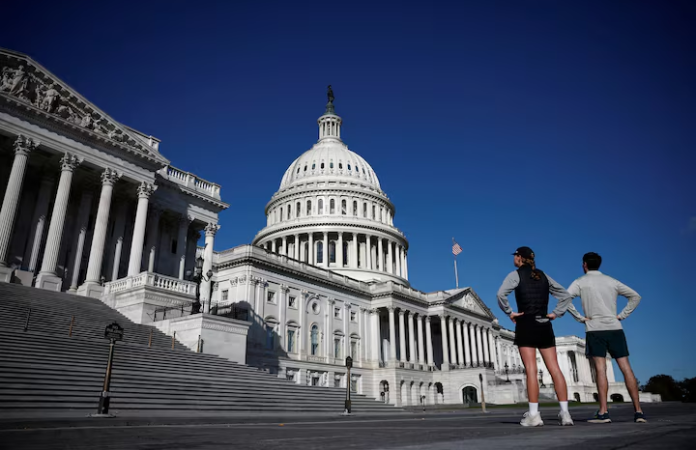The U.S. government has begun a sweeping wave of terminations, affecting thousands of federal employees across multiple agencies. This large-scale restructuring, spearheaded by President Donald Trump and billionaire Elon Musk, aims to downsize federal operations in a move that has sparked widespread controversy.
Mass Firings Across Key Federal Agencies
On Thursday, reports surfaced that over 1,000 employees from the Department of Veterans Affairs (VA) were dismissed, while the U.S. Forest Service prepared to lay off more than 3,000 staff members. The terminations have primarily targeted probationary employees—recent hires who have yet to gain full employment protections.
Additionally, agencies such as the Department of Education, Small Business Administration (SBA), Consumer Financial Protection Bureau (CFPB), and the General Services Administration (GSA) have all been affected. Employees received termination notices over the past 48 hours, signaling the administration’s aggressive push to streamline the federal workforce.
Meanwhile, Musk’s influence over federal restructuring has grown, with his team gaining access to various government agencies, including the Internal Revenue Service (IRS). This development has raised concerns about potential budget cuts to tax collection operations.
Trump’s Justification and Growing Concerns
President Trump has justified the mass layoffs by citing excessive government spending and inefficiency. With the federal deficit reaching $1.8 trillion last year and national debt exceeding $36 trillion, his administration argues that cutting down bureaucracy is necessary to restore financial stability.
However, critics argue that Musk, given his extensive power in the administration, is taking an overly aggressive approach. The Consumer Financial Protection Bureau, for instance, reportedly terminated not only probationary employees but also full-time contract workers, raising concerns about fairness and due process.
While Trump defends the restructuring as a necessary measure to reduce waste, many question whether the move prioritizes efficiency over workers’ rights.
Legal Battles and Workforce Impact
As the restructuring unfolds, a coalition of 14 states has filed a federal lawsuit challenging Trump’s appointment of Musk to oversee government downsizing. The lawsuit alleges that Musk was granted “unchecked legal authority” without congressional approval, potentially violating federal employment laws.
Many of the terminated employees now face uncertainty, with some expressing frustration over losing their positions despite strong performance reviews. One affected GSA employee, who was just a month away from completing his probationary period, shared his distress:
“Up until two weeks ago, this was an absolute dream job. Now, it’s a nightmare. I have small children and a mortgage to pay.”

Meanwhile, Musk’s Department of Government Efficiency (DOGE), the temporary agency managing these layoffs, has remained silent on the backlash. The Office of Personnel Management (OPM) defended the firings, stating that probationary periods should be seen as an extension of the hiring process rather than a guarantee of permanent employment.
The Future of Federal Employment Under Trump and Musk
As Musk’s influence in government restructuring expands, his team has gained access to at least 16 agencies, reviewing sensitive personnel and financial data. The IRS, a frequent target of Republican criticism, is the latest agency under review, with staff bracing for potential downsizing.
In a bid to further reduce the workforce, the White House has also introduced a voluntary buyout program, with 75,000 employees signing up for early exits. With Trump’s second-term vision leaning toward a leaner federal government, many wonder how far these changes will go—and at what cost.
With mounting legal challenges and rising concerns over the treatment of employees, the question remains: Will this restructuring truly improve government efficiency, or will it create deeper instability within the federal workforce?



